Source: mississippiriverdelta.org
Published: March 29, 2017
Louisiana’s Coastal Master Plan, the state’s blueprint for coastal restoration and protection, includes a variety of projects to rebuild and sustain land across Louisiana’s coast to protect wildlife, people and jobs. Saving Louisiana’s coast will require a suite of restoration solutions working together to provide maximum ecosystem benefits.
SEDIMENT DIVERSIONS
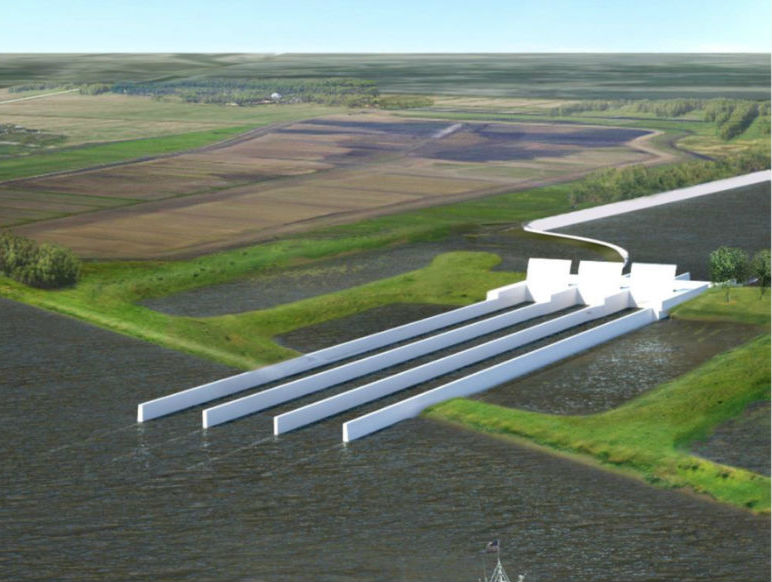
Sediment diversions mimic nature’s historic land-building processes by using the power of the river to move sediment and fresh water into nearby basins. This project type can build new land and is critical for helping sustain new and existing wetlands. Sediment diversions provide a sustainable source of sand and mud over time to sustain nearby marsh creation, barrier island and ridge restoration projects.
HYDROLOGIC RESTORATION
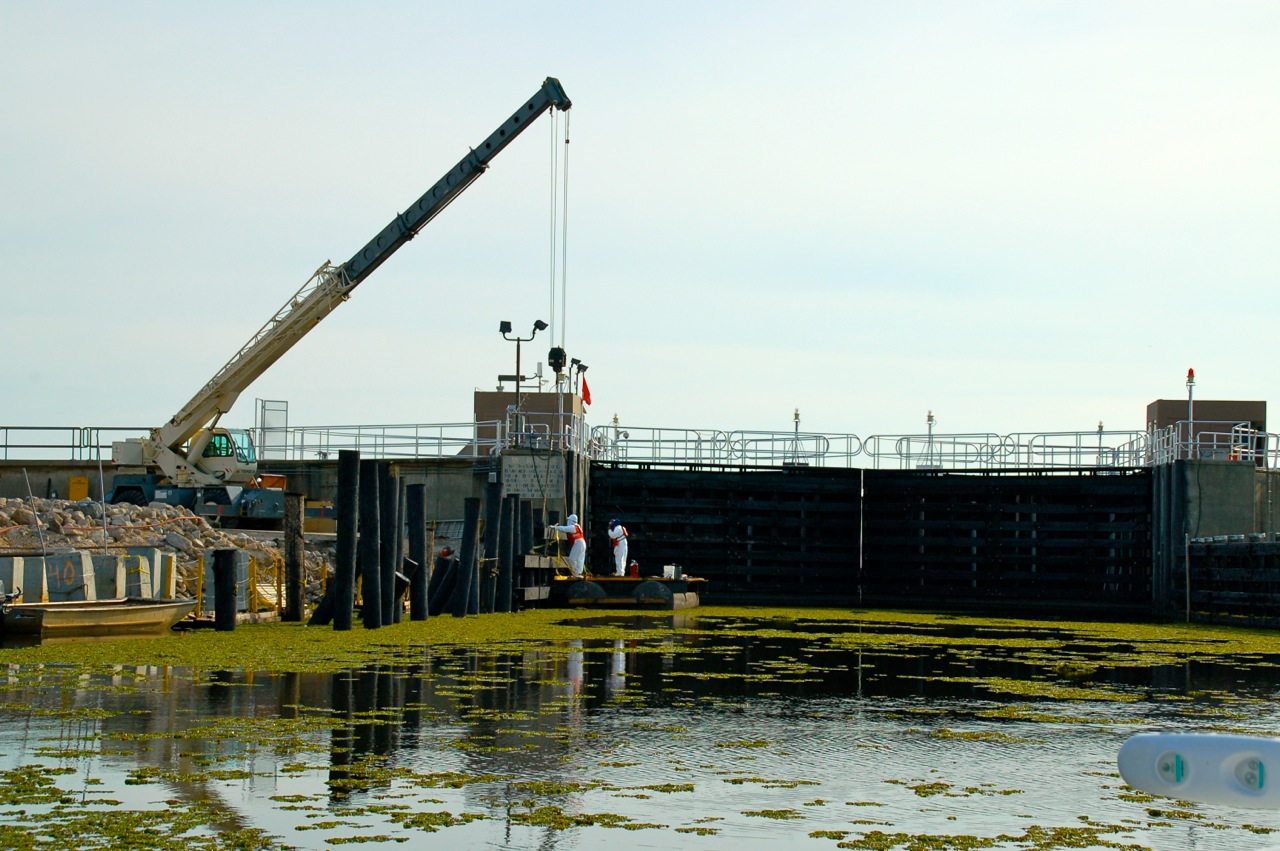
Hydrologic restoration restores freshwater flows through man-made channels, gates or similar structures to reduce or prevent saltwater intrusion, which can be harmful to wetland marshes. This project type can control salinity levels, preventing the die-off of freshwater plants and trees. Hydrologic restoration projects can also help maintain optimal salinities needed for the success of other restoration projects, such as oyster reef and marsh creation projects.
BARRIER ISLAND RESTORATION
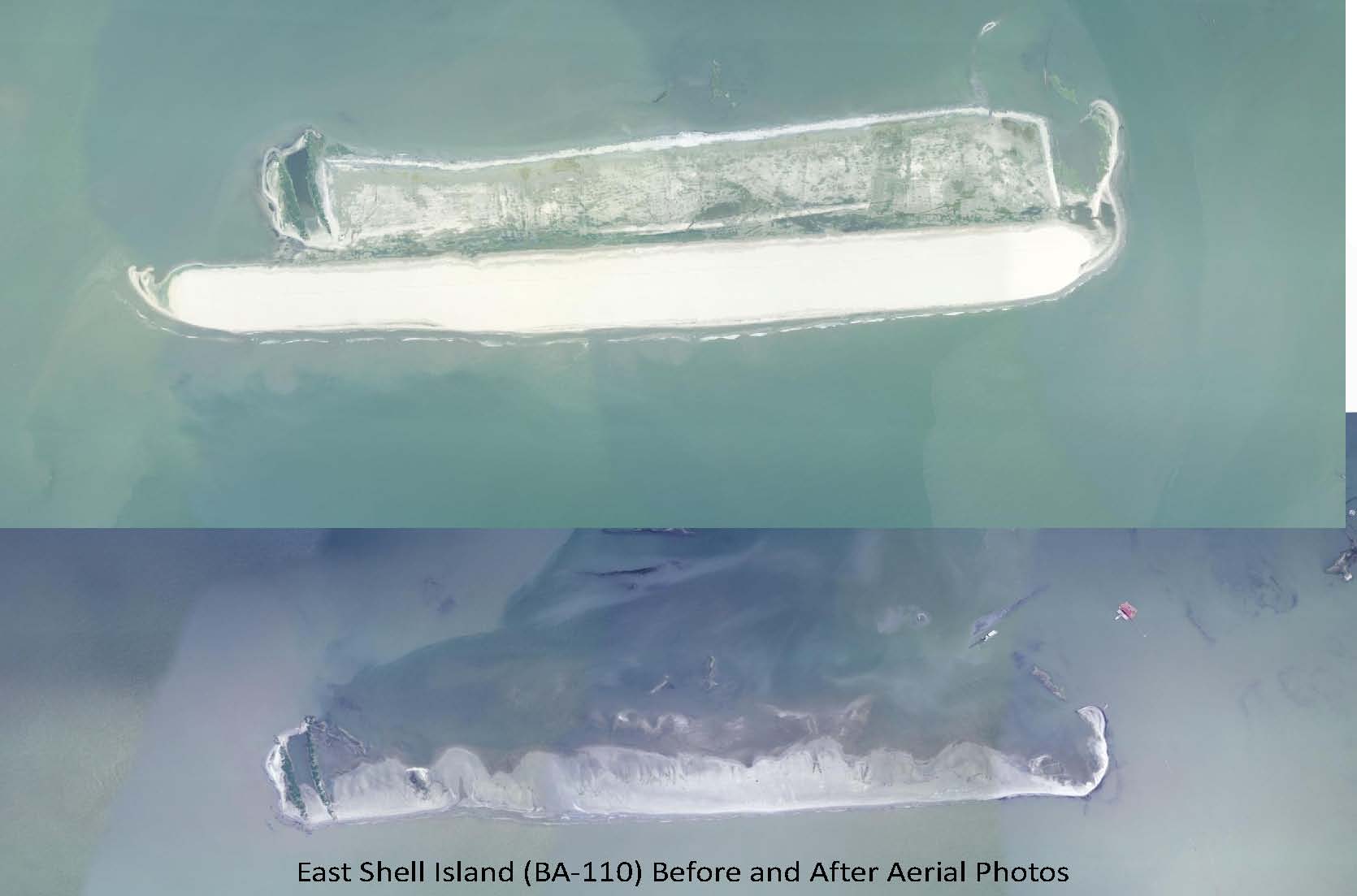
Barrier island restoration uses sand to rebuild and restore barrier island beaches and dunes. These projects create or enhance important wildlife and shorebird habitats, serve as the first line of defense against storms for communities and shelter inland wetlands from erosion. By buffering other projects, barrier island restoration can increase the lifespan of marsh creation projects and increase the land-building and sustaining benefits of sediment diversions and hydrologic restoration.
MARSH CREATION
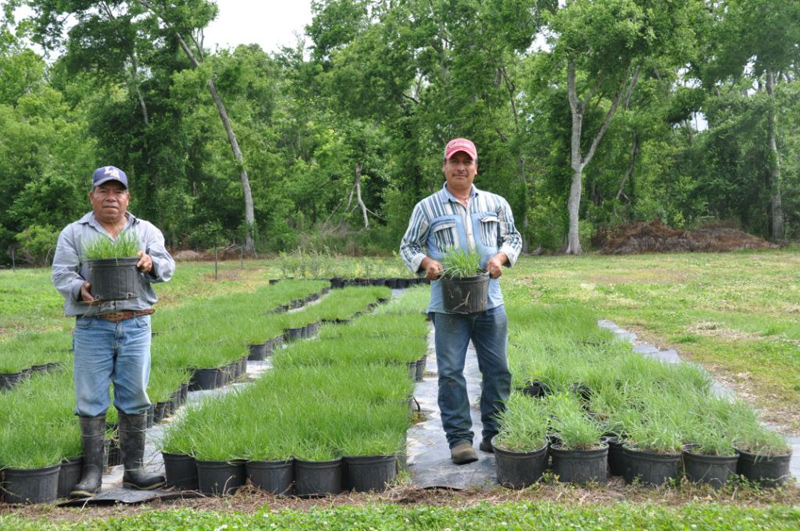
Marsh creation uses sediment from the Mississippi River or nearby water bottoms to build land in shallow open water areas, typically where land has been lost. These projects can build land quickly, but marsh creation alone is not a long-term sustainable solution for land loss. Marsh creation can be used in combination with sediment diversions to help trap sediment. In turn, sediment diversions can benefit marsh creation projects by providing a long-term source of sediment that can help lengthen their lifespans.
RIDGE RESTORATION
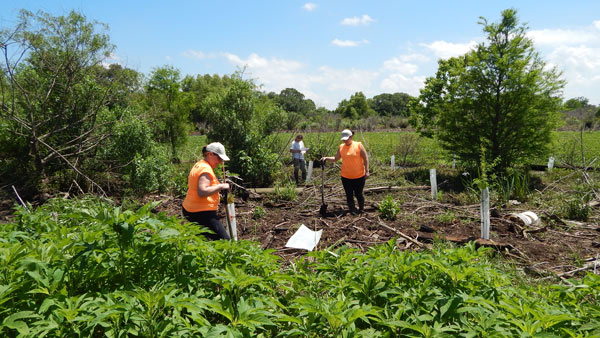
Ridge restoration uses sediment to restore historic ridges. A ridge is a strip of land, usually a remnant of the bank of an abandoned bayou or stream, which is elevated above the marsh surface and typically populated with trees. This project restores important habitat, can provide storm surge protection to nearby communities and helps prevent saltwater intrusion into freshwater wetlands. Ridge restoration projects can work with hydrologic restoration projects to re-establish historic salinities within the basin, reduce shoreline erosion of marsh creation projects and trap sediment from sediment diversions to help build land more quickly.
OYSTER REEF RESTORATION
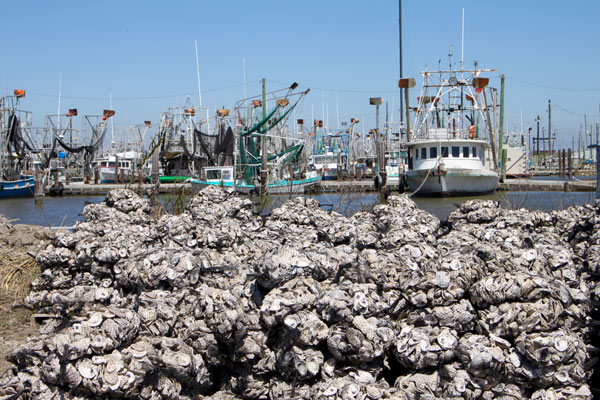
Oyster reef restoration uses natural and man-made materials to encourage the establishment of oysters to create living shorelines. Robust oyster reefs can reduce waves on adjacent wetlands, thereby reducing erosion. Additionally, oyster reefs can improve water quality, provide habitat for fish and naturally maintain themselves over time. They can also reduce erosion on marsh creation and barrier island restoration projects.
SHORELINE PROTECTION
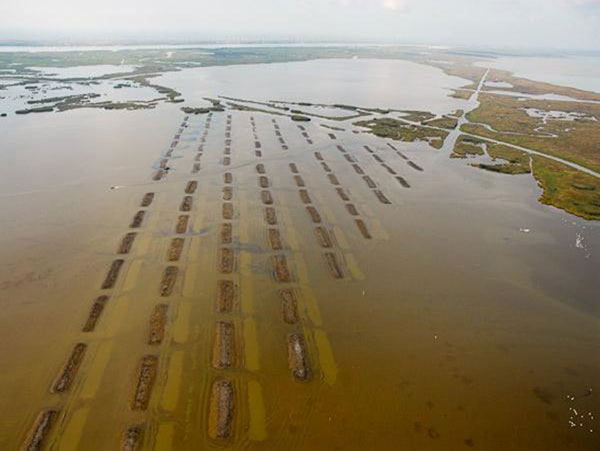
Shoreline protection uses narrow “walls” made of rock or similar materials placed along shorelines of lakes, bayous and open bays. This project type can significantly reduce the rate of erosion of the wetlands and shorelines they protect. Shoreline protection can help maintain existing wetlands as new land is built through marsh creation and sediment diversions.
